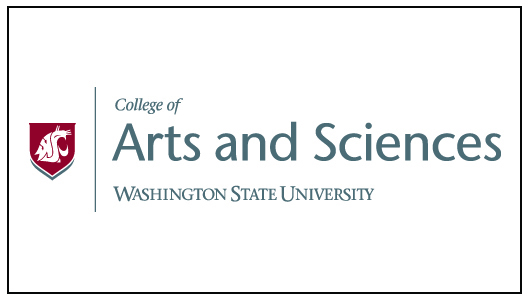2019 news recap: CAS research made headlines worldwide
 From Instagram selfies to an ancient tattoo tool, research from the College of Arts and Sciences (CAS) made headlines around the world in 2019. The University distributed press releases for more than 65 scientific papers last year, including many from CAS faculty and scientists. Together, the findings were seen potentially billions of times by readers and viewers worldwide, elevating WSU’s profile as a premier public research university.
From Instagram selfies to an ancient tattoo tool, research from the College of Arts and Sciences (CAS) made headlines around the world in 2019. The University distributed press releases for more than 65 scientific papers last year, including many from CAS faculty and scientists. Together, the findings were seen potentially billions of times by readers and viewers worldwide, elevating WSU’s profile as a premier public research university.
Four CAS stories graced the top 10, and eight more rounded out the top 50 stories.
Here are the top CAS research news stories with links to the full story, potential viewership numbers, and the top outlets in which they were featured.
Cannabis reduces headache and migraine pain by half
681.45 million
ABC, Healthline, India Today, London Free Press
Cannabis is popular but there’s a dearth of research—which makes people hungry for any news about it. Carrie Cuttler as well as many other WSU researchers are working to fill the knowledge gap between the plant’s popularity and its potential benefits and problems. This article attracted not only big health outlets in the US but also abroad in India, the UK and Canada.
Selfie vs. Posie
626.68 million
Inc., Daily Mail, Seattle Times, Miami Herald
Many people would love to know how others see them, and this study gave some insight into that — at least for Instagram. People who posted selfies were seen as more insecure compared to those who used posed pictures taken of them. Stories on this phenomena stretched from coast to coast and around the world to Indonesia, India, South Africa and the U.K. There’s no counting how many Instagram photos were changed.
Oldest tattoo tool in western North America discovered
512.12 million
Smithsonian, Popular Mechanics, National Geographic
This story had a lot of the “cool” factor: an unusual discovery of an overlooked ancient item found in a storage closet, the simplicity of the tool made of cactus spine, and the connection of the current popularity of tattoos to a distant past.
A potential new way to diagnose male infertility and pharmaceutical treatment options
263.48 million
Telegraph, CNBC, The Times
Research led by Michael Skinner offered hope to people experiencing infertility and landed on the health sections of several prominent media sites.
Other CAS research in the Top 50 for 2019 includes:
Grizzlies show remarkable gene control before and during hibernation
WSU researchers see health effects across generations from popular weed killer
WSU smart home tests first elder care robot
Unlocking secrets of the ice worm
Public support for environmental spending hinges on White House
Saving sage-grouse by relocation
Who dominates the discourse of the past?
Methodology
The WSU News staff analyzed the number of potential viewers or “reach” of each story similar to last year, but this time using Meltwater media tracking software, which replaced the former Cision. The new system now includes international media outlets as well as TV broadcasts, which provides a better representation of the audience of a given story. The potential “reach” number is a calculation based on each outlet’s circulation. In reality, the actual number is probably smaller because not every newspaper reader or TV viewer sees every article or segment. It is also an overlapping number, meaning one person who accesses different news sources may be counted multiple times, but it helps indicate how widely a story circulated.
Read more and see the full list of top WSU research stories at WSU News.